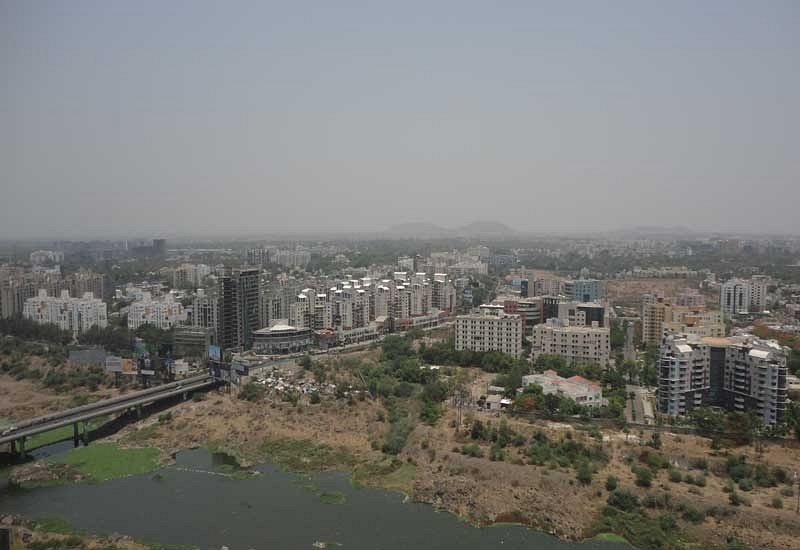Culture
12 July 1961: When Pune Woke Upto An Imminent Deluge
- The ‘Panshet zala’ as it is referred to, will always be remembered solemnly by the people, and in the history of Pune

Pune Skyline (Tushar/Wikimedia Commons)
12 July 1961 – this fateful day will remain forever etched in Pune’s history. A day that changed the history and geography of this great city. Call it a bad coincidence – but two events that happened almost exactly 200 years apart have played a critical role in Pune’s history – to the extent that they have been added to the local Marathi lexicon. The first one was the 3rd Battle of Panipat in 1761 and the second one: the Panshet flood. “पानिपत झालं” (Panipat zala) and “पानशेत झालं” (Panshet zala) are commonly used terms today to refer to a big disaster.
Half a century ago, the new under-construction Panshet dam had started developing some problems, even before it was complete. Against some recommendations, the dam was being filled up during the 1961 monsoon season. Cracks started developing and yet there was lot of debate on whether the dam was in real imminent danger. Read this technical article for a good engineering summary of what went wrong at Panshet.
A valiant last-ditch effort by the Army Jawans managed to delay the inevitable by a few hours. These few hours helped a lot. If not for this great effort, where thousands of sand bags were deployed, the dam would have burst in the middle of the night, creating havoc for the sleeping residents of Pune. The few hours delay meant that the burst happened early morning and the wall of flood waters reached Pune later in the morning. The deluge of flood waters of Panshet also broke the smaller Khadakwasla dam, further downstream.
The water levels finally started falling by late night. The floods completely cut off the electric and water supply. July 12th was a dark, rainy night in Pune – with rumors still doing the rounds. Some of them pointed to more floods on the way (even though the dams had been drained empty by then).
When the flood-waters receded, they left behind a trail of destruction and a muddy mess. The cleanup and rebuilding took many months. The old riverside city landscape changed forever. New localities (such as Lokmanya Nagar, Gokhale Nagar, etc.) were setup to resettle some of the flood affected citizens. Most of the bridges were damaged and needed fixing and in some cases complete rebuilding. With Khadakwasla and Panshet dams completely drained, there was no water supply for the city. The Peshwa era Katraj water aqueduct was used to meet some water requirements. Wells were another source. Wadas that had wells had to prominently list ‘Well’ on their main door – so that, the water source could be be made available.
I have found a series of good articles about the Panshet flood disaster, including many firsthand accounts. Some of these links are listed below. I will continue to add more links here. Also if you have personal memories from your own experiences, or from your friends & families, please share them here in the comments section.
Introducing ElectionsHQ + 50 Ground Reports Project
The 2024 elections might seem easy to guess, but there are some important questions that shouldn't be missed.
Do freebies still sway voters? Do people prioritise infrastructure when voting? How will Punjab vote?
The answers to these questions provide great insights into where we, as a country, are headed in the years to come.
Swarajya is starting a project with an aim to do 50 solid ground stories and a smart commentary service on WhatsApp, a one-of-a-kind. We'd love your support during this election season.
Click below to contribute.
Latest